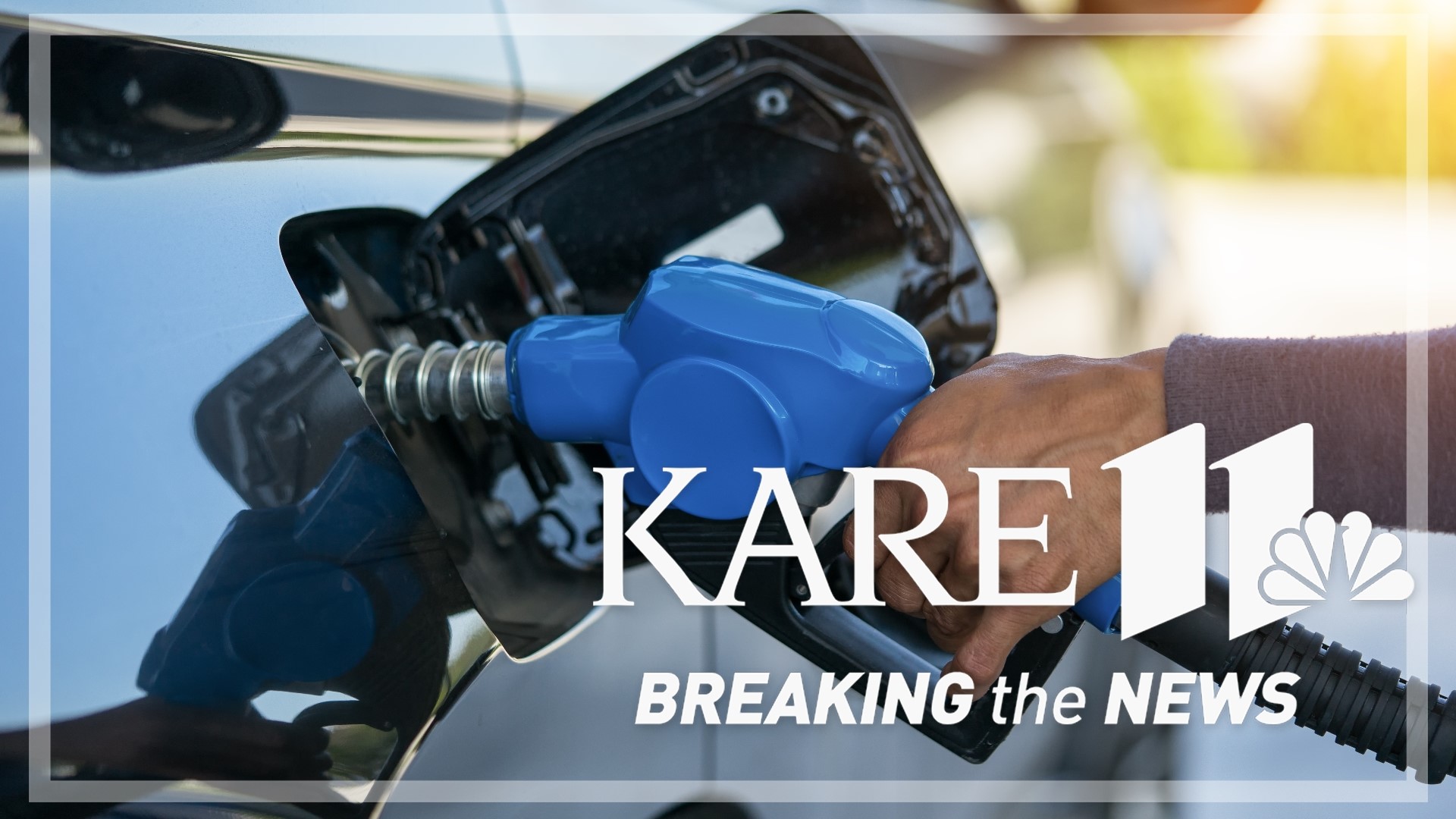MINNEAPOLIS — The latest Consumer Price Index offered a welcome reprieve after months of increasing inflation, but experts caution that the good news is just an encouraging snapshot.
A closer look reveals mixed messages for our budgets, especially in the Twin Cities.
"Inflation is still with us," said Mark Bergen, marketing professor at the University of Minnesota Carlson School of Management. "It's not rising, but not falling precipitously. We're still in high levels of inflation that we haven't seen for 40 years."
Bergen says the Consumer Price Index is still encouraging, especially after months of bad news. But the good news is largely concentrated in the energy sector — the national average of a gallon of regular gas has finally fallen back below $4 for the first time since March. Minnesota has mirrored that drop for weeks now, and the trend looks to continue.
"I do believe, for now at least, that the national average will continue to decline," said Patrick De Haan, head petroleum analyst for Gas Buddy. "We'll probably go down another 10, maybe 25 cents a gallon over the next couple of weeks, so the good news certainly doesn't end there."
But while those prices at the pump have fueled that leveling off of inflation, if you look at the prices we're paying at the grocery store, concern keeps climbing.
"If I'm a consumer and food is moving up enough to [negate] these energy savings, that means I have to start paying more attention to my food bill," Bergen said. "I've got to start paying attention to which categories are going up by more or less."
Unfortunately, those price hikes are even more pronounced locally. While prices for groceries have risen by 13 percent across the country in the last year, they are up by 15 percent in the Midwest region and 16 percent in the Twin Cities-metro area.
Looking closer, some of the biggest increases are on cereal and bakery goods. Prices for that category have increased 15 percent nationally since July 2021, while increasing by 16 percent in the Midwest and 17 percent in the Twin Cities.
Dairy products are up 15 percent nationally, 17 percent in the Midwest and 16 percent in the Twin Cities.
"That's a surprise and a puzzle," Bergen said. "We were higher than the national average in every aspect of the food categories, which I wouldn't have anticipated. You kind of think of us in the Midwest being closer to the food and the cost would be lower, and we have more farms and manufacturers and retailers."
Though it could be just a one month blip in the data, Bergen says the higher food prices locally are worth another look.
Bergen: "I think the best guess would be that food, maybe, is just a bigger part of our consumption and we're less price sensitive than maybe the coasts or down south. So if that's true, the sellers will pick that up and realize that they can pass more of the costs through. Whereas, in some of the other areas they might go, well if I raise that price, then I'm going to get such a big drop in demand it's not worth it."
Erdahl: "Does that mean that if you are watching prices and adjusting your lists accordingly, that it might not just benefit your own budget?"
Bergen: "It's a great point, yeah, if we're more attentive, and if we react to the places where the prices are going up, that will get picked up by the retailers, so we help everyone by being more attentive shoppers, and it will make markets move faster."
If you look beyond food, the metro and Midwest regions have fared better than the national average when it comes to another major part of our budgets: shelter. Year over year, shelter costs (rent and associated costs) are up nearly 6 percent nationally. It's up 5 percent in the Midwest and less than 4 percent in the Twin Cities.
Watch more Breaking The News:
Watch all of the latest stories from Breaking The News in our YouTube playlist:

